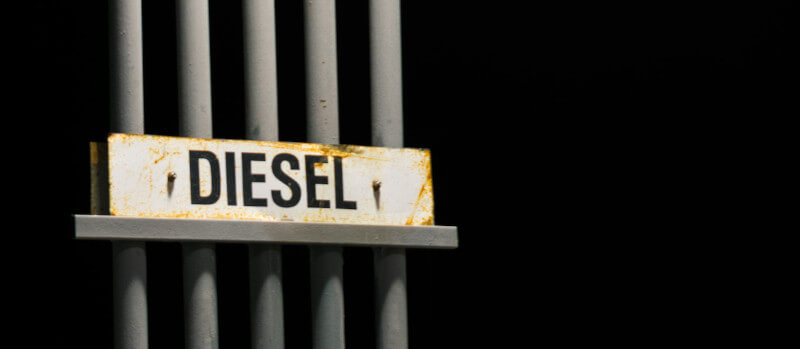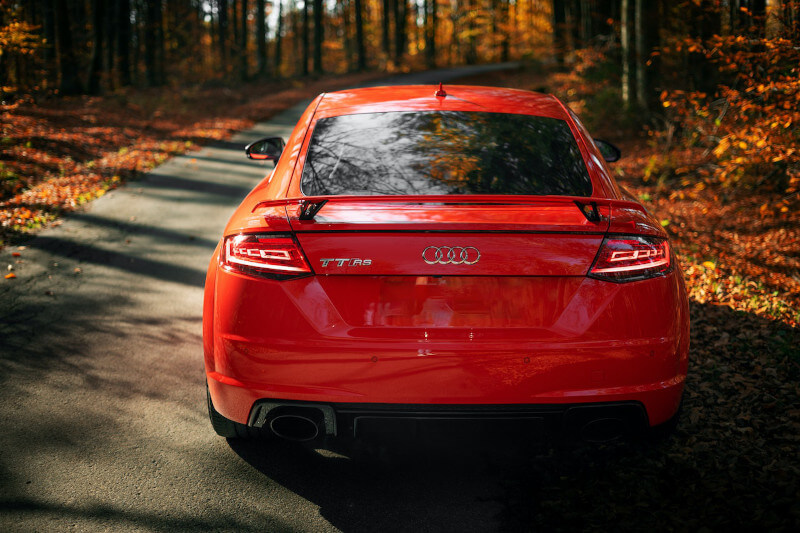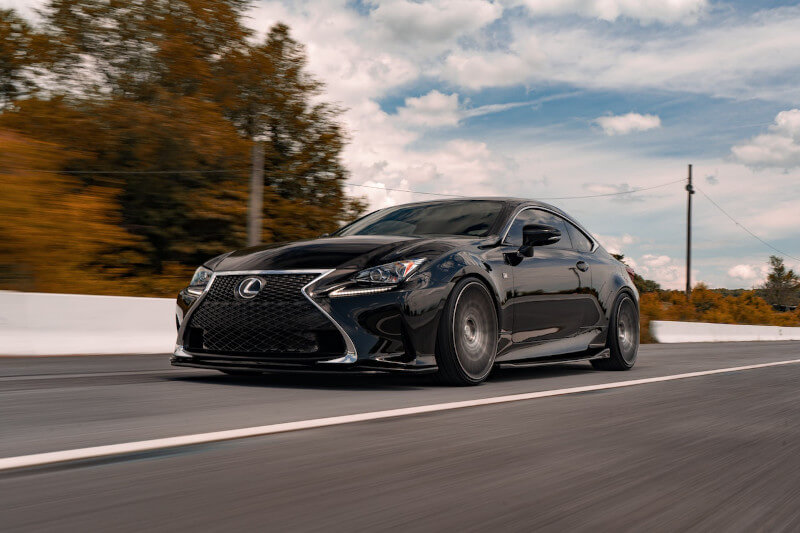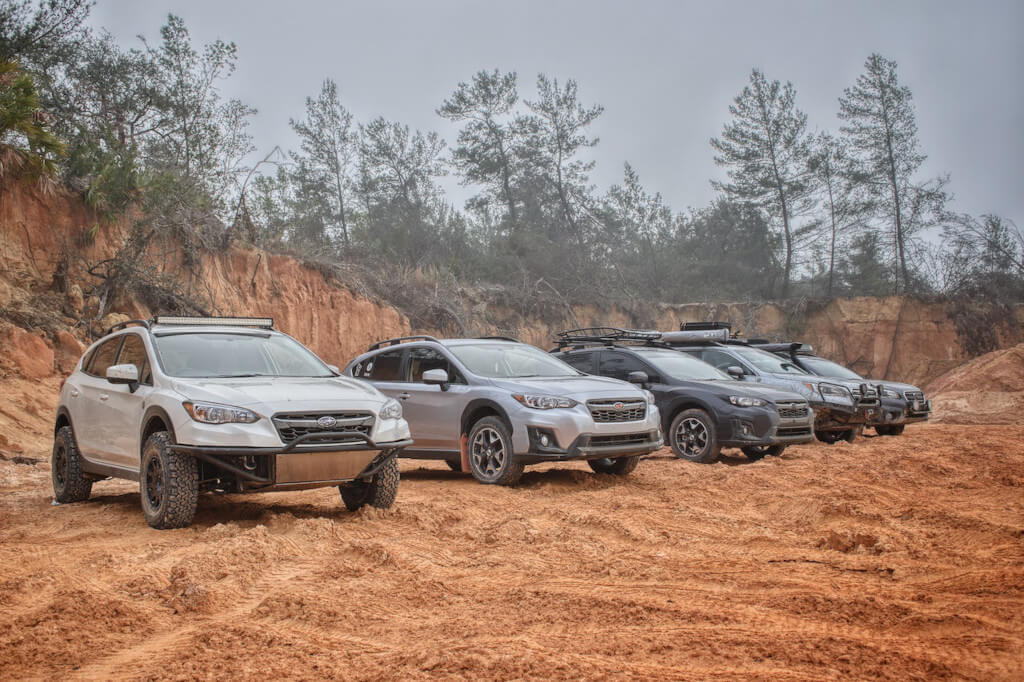This test was designed to go beyond simply evaluating the consumption of fuel in three of the vehicles and energy in the fourth brand-new saloon that was driven along the same road simultaneously under the same conditions. In addition to the straightforward inquiry of which mode of transportation is the most cost-effective between points A and B, we wanted to know whether or not the contemporary downsized turbo petrol is as efficient as it is advertised to be.
Is Diesel Innovation Decreasing?

Is it true that a hybrid’s dual-energy drivetrain offers the advantages of both conventional and alternative fuels? And in light of the rapidly advancing battery technology, notwithstanding the substantial investment, do you think a pure electric vehicle is a workable alternative? When it comes to getting the most benefit from each drivetrain in terms of hypermiling, we will also evaluate how the driver’s behavior should be modified. Many questions, so let’s get some answers …
Oh, yes, we need to do this scientifically; therefore, we have planned a real-world route that will serve as a stand-in for the rolling road dynamometer test that every new car must take to determine its claimed or combined consumption figure. As a point of reference, this test is carried out in a controlled environment and consists of a four-kilometer urban cycle driven at an average speed of twenty kilometers per hour (km/h), with multiple stops for the vehicle, and a top speed of fifty kilometers per hour (km/h).
The maximum speed is brought up to 120 kilometers per hour on the extra-urban cycle of 7 kilometers, with an overall average speed of 63 kilometers per hour. When you combine the speeds of both legs, you get an average speed of 41.5 kilometers per hour. To demonstrate this, we designed a route that would take us from the Central Business District of Cape Town to the southern suburbs all along busy Main Road during the middle of the day (urban), then on to Simonstown, where the route would become extra-urban, before winding its way up to Smitswinkel and all the way around.
The 120-kilometer route follows what was formerly known as the “All Round Cape Peninsula Road,” and it is comprised of approximately half-urban and half-extra-urban areas to provide the most accurate representation possible of the economy in the real world.
The ARCPR Was Not Particularly Scenic at All
The BMW 330i comes equipped with a free-spinning 2.0-liter turbo-petrol engine, and the only way it had any real chance of matching the eco-friendliness of the other vehicles in this comparison was to simply turn off its turbocharger entirely. We weren’t focused on acceleration and tractability; rather, we were in Eco Pro mode and wanted to know if BMW’s claim of 6,40 L/100 km is in any way attainable in the real world. With 190 kW and 400 Nm of torque available, it easily bested the other two internal combustion motor (ICE) cars in a straight line with a zero to 100 km/h sprint of fewer than 6,000 seconds.
It is intriguing to note that the BMW’s first and largest increase in fuel consumption occurred almost immediately after we started driving it when it shot up to 8.70 L/100 km despite the fact that the engine and ancillaries were still warming up and we were driving directly into heavy Woodstock traffic. During the same test, under the same conditions, the hybrid Lexus achieved a fuel economy of 4.70 liters per 100 kilometers, demonstrating the ever-increasing fuel efficiency of hybrid powertrains.
The BMW’s figures showed stable, steady improvement from this initial peak; 7,50 L/100 km by the time we passed the city, falling to 6,90 L/100 km whenever the road started opening and finally settling at 6,70 L/100 km in the final count. It was not as fuel-efficient as advertised; in reality, it was the sole car that did not equal or best the advertised fuel economy. However, when taking into account the performance, the fact that the difference is only 0.30 liters per hundred kilometers is still very impressive. The BMW performed the worst when driven in urban environments and would have gained the most from starting the test in an area with less traffic and traveling along a route with a significantly higher speed.
We should also mention, where each drivetrain excels and how it causes the driver to react, that the 330i was so happy to zip ahead in the extra-urban cycle with the help of its coasting function that we had to slow down to avoid contaminating the results with an average speed that was too high. This is an allusion to where each drivetrain excels and how it causes the driver to respond.
The Fuel Efficiency Of Diesel-Powered Cars
Have you realized that the quoted fuel efficiency for diesel-powered cars, when producers are courageous enough to put them on sale, isn’t as remarkable compared to a few years ago?
Have you realized that the quoted fuel efficiency for diesel-powered cars, when producers are courageous enough to put them on sale, isn’t as remarkable compared to a few years ago? It seems as though diesel’s capacity to save fuel reached its zenith in the previous decade, and with the widespread transition to electric vehicles, manufacturers are unwilling to put additional research and development money behind what initially appeared to be a dying new tech. It’s too bad because a lot of people in South Africa are still enamored with the fantastic economy and ambling torque that oil burners provide.
The Audi A5

One such automobile is the Audi A5 40 TDI, which can be purchased in the form of a Coupé or a Sportback. Even though it was noticeably noisier than the other engines in the test, Audi can sell you an A4 35 TDI with front-wheel drive that has 110 kW and 320 Nm of torque. However, the power and torque of the up-tuned 2.0-liter turbodiesel that we have here were higher in maintaining the profile of this test.
The Audi A5 TDI is priced at R869 000 (R884 500 for the more functional Sportback), making it slightly more cost-effective than the Lexus hybrid but nearly R100 000 more expensive than the BMW 330i, which is both faster and more powerful. At first glance, this may give the impression that the Audi is expensive to operate, but it is important to keep in mind that both the Audi and the BMW require several add-ons and packages to match the level of standard equipment offered by the Lexus. On the other hand, the price gap between this gasoline, diesel, and hybrid competitors was not as glaringly obvious while we were driving our test route.
In the urban environment, the turbodiesel guzzled fuel at a rate of 8,30 L/100 km, which was considerably higher than Lexus’s 4,70 L/100 km and BMW’s 8,70 L/100 km. Lexus’s fuel economy was optimal for this environment. Even taking into account the possibility that it could have accomplished a higher baseline fuel consumption if Audi’s stop-start system hadn’t been having such a bad day – engaging inconsistently during the assessment, and sometimes not at all – this is only 0.30 L/100 km less fuel consumption than the turbo-petrol BMW. Do you see what we mean about ICE R&D? Before this decade, there would have been a greater disparity in consumption levels between diesel and gasoline.
As expected, by the time the convoy had broken free of the slow-moving traffic around Westlake and reached Smitswinkel, the cruise-happy A5 TDI had shown a significant enhancement of the test and lowered its average consumption to 6.90 liters of fuel per one hundred kilometers. After that, it managed to work its way back up to 6,50 L/100 km, and eventually, it settled on 6,10 L/100 km to achieve the best possible claimed/combined figure. Just. A successful performance for the underdog diesel, possibly.
As we have seen from our two internal combustion engine (ICE) vehicles, there is a valid reason to go hybrid these days. Dual-energy vehicles consume less fuel, produce less carbon dioxide, are quieter when operating in electric mode, and, as a result of the continuous development of battery technology, can travel further on a single charge than conventional internal combustion engine vehicles. If you get a good one, like the IS 300h that we have here, the CO2 emissions won’t be much higher than the threshold of 120 g/km, and therefore you won’t have to pay as much tax on it.
The Lexus

Regrettably, unlike in Europe and the UK, there aren’t any tax handouts or money-back strategies for hybrids or electric vehicles in South Africa; as a result, the prospect of purchasing a hybrid vehicle is not quite as enticing as it might be in other countries. Despite this, the Lexus was able to provide an interesting combination of performance (when the battery packs were fully charged), fuel economy, luxury, and comfort on the route that we tested it on. Its claimed sprint time from a stop to 100 km/h of 8.70 seconds places it in the category of being quick enough, and its dependence on the electric-hybrid function kept the average fuel usage impressively low during the urban portion of the route.
After leaving the city limits, the Lexus’ consumption did the reverse of the ICE competitors and increased as it ran more often than not on the four-cylinder gasoline engine. This came as no surprise given that the batteries in the Lexus had been depleted and the average speed had been increasing. However, we were still extremely impressed by the fact that the average consumption never exceeded 5,50 L/100 km at its thirstiest, before finally settling on a final figure of 5,30 L/100 km when we returned to the Central Business District.
You can thank the variable frequency transmission that is most at home in urban conditions and doesn’t motivate hasty driving, shall we say; however, the IS was satisfyingly quick in quick spurts in traffic when electric aid from the batteries was available. This is thanks in part to the fact that you can thank the continuously variable transmission. Having said that, the IS 300h is best appreciated when driven in Eco mode, with the driver maintaining as much of a laid-back demeanor as possible while lapping up the lavishness.
The Electric Vehicles

Due to the fact that it was the only electric vehicle (EV) participant in our experiment and that it was a Porsche, a crushing load of expectation was placed on the shoulders of the sculpted Taycan from the very beginning. Not only did the Taycan need to be able to engage and entertain in typical Porsche fashion, but the roads used for consumption testing were 120 kilometers long and lacked fast-charging infrastructure. On top of that, the all-electric Porsche needed to travel an additional 60 kilometers before it could attain its next workable charging post in Somerset West, which was located after testing for our September issue.
The rear-mounted synchronous electric motor that is normally fed by the standard single-deck lithium-ion array that has a capacity of 79.2 kWh is replaced by a two-deck item that has a gross capacity of 93.4 kWh as part of the optional Performance Battery Plus package offered by Porsche.
It came with an approximate range of operation of more than 400 kilometers and just realized that was enough to alleviate a significant portion of our initial anxiety regarding the vehicle’s range. On that first leg through the congested traffic, the Taycan used 22,6 kWh/100 km, which is significantly higher than its claimed average of 21,5 kWh (WLTP). The first two-thirds of the trip was completed with the vehicle operating in its Range mode.
The Taycan
This setting adjusts a wide variety of drivetrain and ancillary characteristics (ranging from throttle response to aerodynamics and climate control parameters) to wring as much range as possible out of the battery. As a result, the consumption of the Taycan decreased, going from 20,4 to 20,2 kWh/100 km/h between the 60 and 90 km marks on the test route, respectively.
After covering the Taycan’s efficiency base and driving the Taycan on open, winding roads, we decided to see if Porsche was able to incorporate some of its dynamic prowess into the driving experience of its very first electric vehicle (EV). The final 30 kilometers of our test were now within easy reach, so we decided to test the Taycan’s handling. We were pleased to note that the distinctive feeling of connectedness that is characteristic of Porsche automobiles is present and accurate in the Taycan.
We were delighted to discover that the distinctive feeling of interconnectivity that is characteristic of Porsche automobiles is present and accurate in the Taycan.
Even though the rear-end grip is impressive, there is nevertheless plenty of rear-drive playfulness to keep things characterful. This is due to the fact that all of that electricity is immediately available at the flex of an ankle. After we had finished our journey, the Taycan returned an astounding 19.3 kWh/100 km. This was accomplished while working hard to achieve the highest possible efficiency while also taking some time to have some fun. Job done.
The Electric Porsche

So, you’ve got it, the conclusion to our monumental test of economic prowess with a twist… gasoline comes in second, followed by diesel and then electric vehicles. The electric Porsche finished the trip 10% below its claimed WLTP figure, the hybrid Lexus 3,6% below claimed, the diesel Audi snuck in 1,6% below the figure of asking, and the gasoline BMW was 4,7% over its target consumers. WLTP stands for the Worldwide Harmonized Light Vehicle Test Procedure. These findings do not come as a surprise when one considers the current mobility hierarchy, which is unquestionably moving in the direction of electrification.
In spite of the fact that things might have worked out better for the diesel if we had taken a longer route that crossed the country, or that a first leg that was less congested would have unquestionably helped the BMW recoup some economy when it was in the urban phase, neither of those things happened. However, because all of our vehicles were driven at the same time of day and were subjected to the same traffic conditions, we are confident in the reliability of these findings.
The Porsche Taycan was always going to serve as the North Star in this exercise, a directing light of where movement might one day end up. However, it is also the electric abnormality in this company and isn’t a resembling contrast to a trio that each costs less than half the amount of the Porsche. The Porsche Taycan has a starting price of more than R2.2 million.
We’ve extrapolated one more bit of mathematics from our test data, and if you’re a math nerd, you’ll probably find it interesting. Using the generally accepted average annual mileage of 15,000 kilometers, the Lexus hybrid is the vehicle that has the lowest fuel consumption. To keep the Lexus IS running, you will need 795 liters of gasoline, which will set you back R14,333. This estimate is based on the current price of unleaded gasoline in the interior of the country, which is R18.03 per liter at the time of this writing. Through using the overland price of 50 ppm diesel, which was R15.69 at the time this article was written, the Audi A5 will consume 915 liters of diesel over an entire year, which will result in a total cost of R14,356. It will take 1,005 liters of gas, which will set you back R18,102 to keep the BMW fueled up for an entire year.
Conclusion
This test demonstrated that high-powered turbo-petrol engines are not as distant as they once were from their turbodiesel counterparts in terms of fuel economy, even though they are not quite as cost-effective as the manufacturer claims they are. The hybrid technology found in the Lexus is, without a doubt, the most cost-effective answer in a variety of real-world scenarios. The hybrid needs the least quantity of petrol to run annually, it generates the least level of pollutants, and, despite this being a subjective reason, it is also the most soothing to drive in urban conditions.
In an ideal world, we would prefer to see more plug-in hybrid (PHEV) versions of the technology. In this scenario, vehicles are charged overnight so that they can fully take advantage of battery-only EV running and further improve overall effectiveness.

